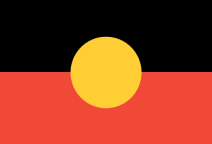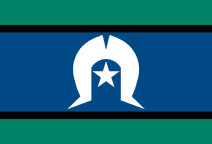This summer is shaping up to be a warm one, and so many people will be looking to cool off in pools, at our beautiful Western Australian beaches, or even under the hose in the backyard! While lots of families enjoy a swim, paddle or play in the water, it’s always important to keep safety front of mind. National data shows that there was a decrease in drowning deaths in children between July 2022 and June 2023 (National Drowning Report 2023) from the previous year, and it is important to keep this statistic on the decline, through vigilant safety precautions and education.
Whether you’re in the public pool, the pool at home, the beach, lake, or river, or even a paddling pool or nearby to water, there are many things to remember to keep children and young people safe.
Supervision: Assign a responsible adult to actively supervise children in the water at all times. Never leave children unattended in or near a body of water. Make sure you always have a designated supervisor giving their full attention, and if there is more than one adult, regularly take turns with this responsibility to ensure constant supervision. Remember: alcohol and water are a dangerous combination if you are swimming, but also if you are supervising swimmers. Ensure your water supervisor is able to pay attention and react swiftly if something should go wrong.
Swimming abilities: Ensure that everyone knows how to swim or is always accompanied by someone who can swim well. Use appropriate flotation devices for weaker/lesser experienced swimmers or non-swimmers, and ensure they are still always accompanied by a competent swimmer. Floatation devices are not guarantees against drowning and can easily float away too.
Know how to respond: Teach children the safest way to behave when faced with changed conditions, for example, how to swim out of a rip, how to signal that they need help, how to spot changes in the water. Learn the safest ways to respond to an emergency as a supervising adult.
Have rules: Establish clear rules for everyone and continue to enforce them. E.g. – no diving in shallow water, no entering the water without an adult, stay somewhere within the supervising adult’s sight.
Swim in designated areas: If at the beach, swim in areas supervised by lifeguards. Follow their instructions and swim between the flags where the water is safer.
Stay aware of conditions: Check the weather and water conditions before heading to the beach or river. Be mindful of tides, currents, and any warnings.
Be cautious of wildlife: Check for wildlife warnings and avoid areas with jellyfish or other potentially dangerous creatures. Teach children about respecting wildlife from a distance.
Stay together: Establish a meeting point in case family members get separated. Encourage everyone to stay close where they can see each other and check in with each other regularly.
Sun protection: Provide shade and encourage the use of sunscreen with a high SPF, wear hats, long sleeve sun protective swimwear and shorts. Reapply sunscreen regularly, especially after swimming.
Stay hydrated: Offer plenty of water and other hydrating beverages to prevent dehydration, especially on hot days.
Pool barriers and covers: If at a private pool, make sure it is properly fenced with locked safety gates and use pool covers when it’s not in use.
First aid and emergency readiness: Always have a basic first aid kit with essentials such as bandages and antiseptic on hand. Have an emergency action plan in place in case of accidents or incidents. Know CPR and have a charged phone readily available to call for help if needed.








